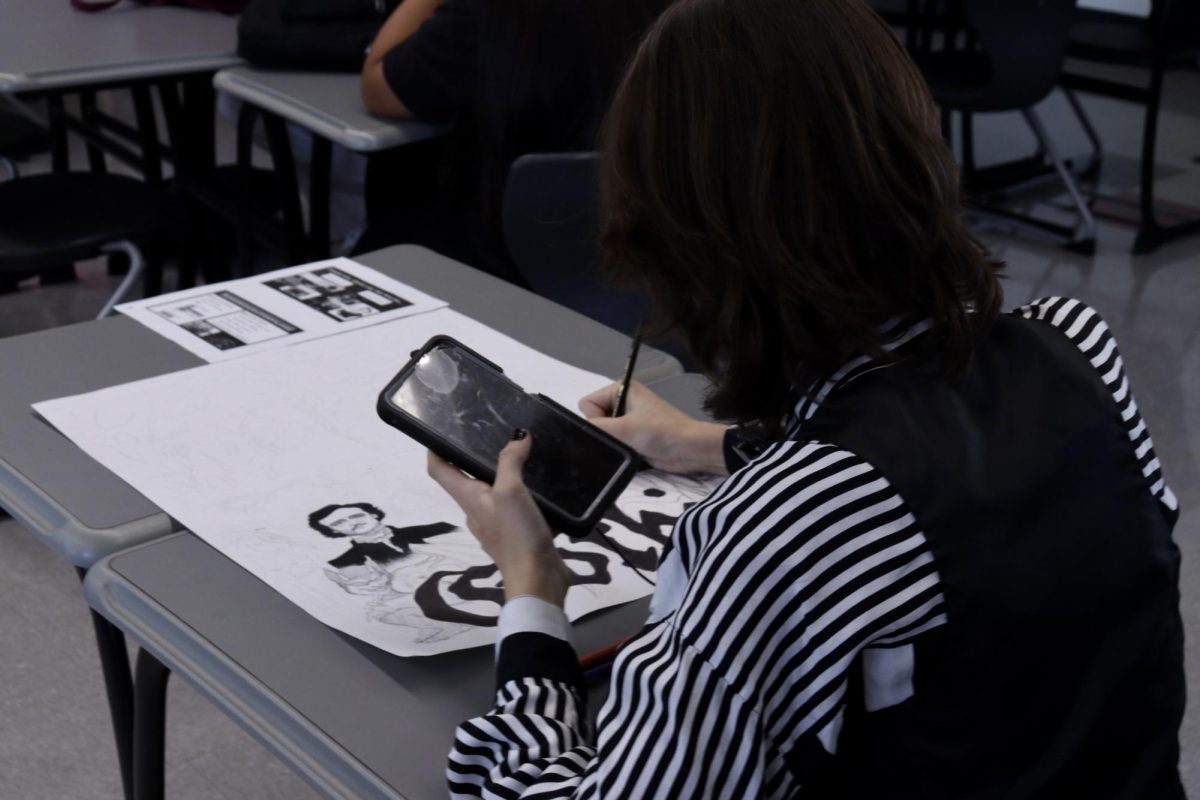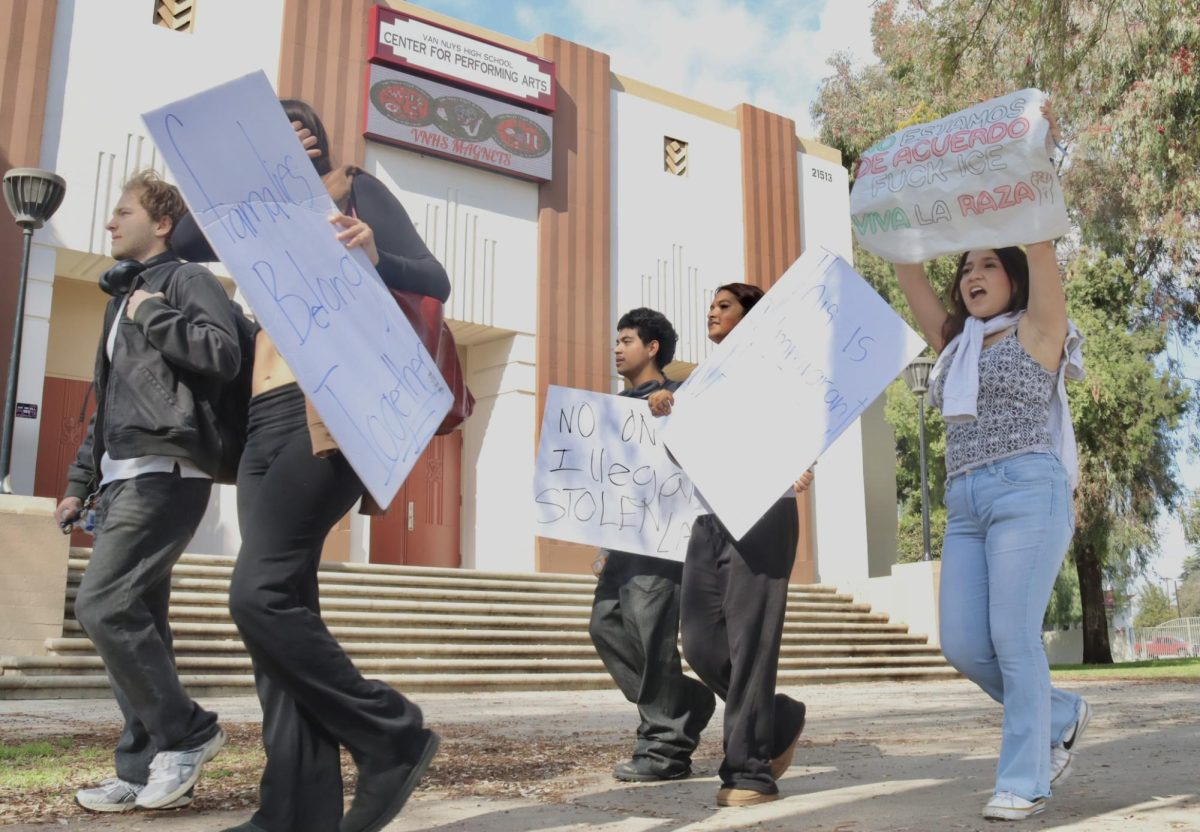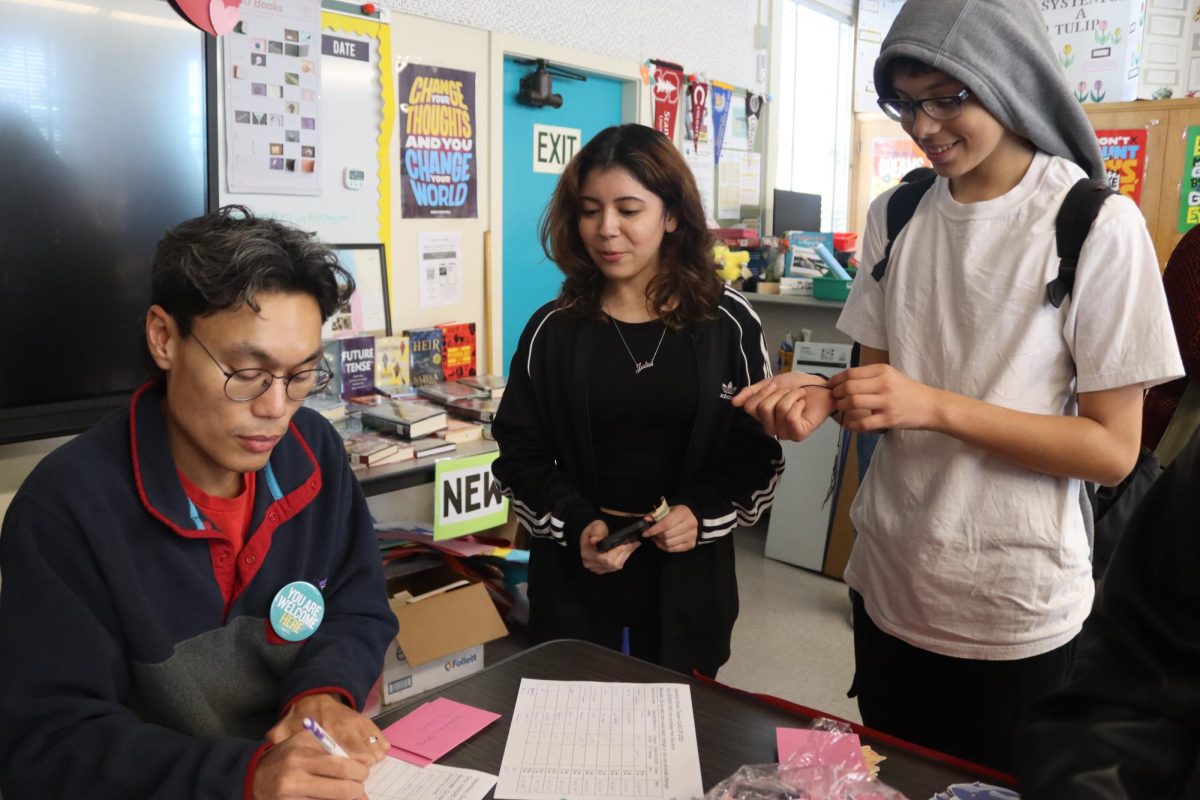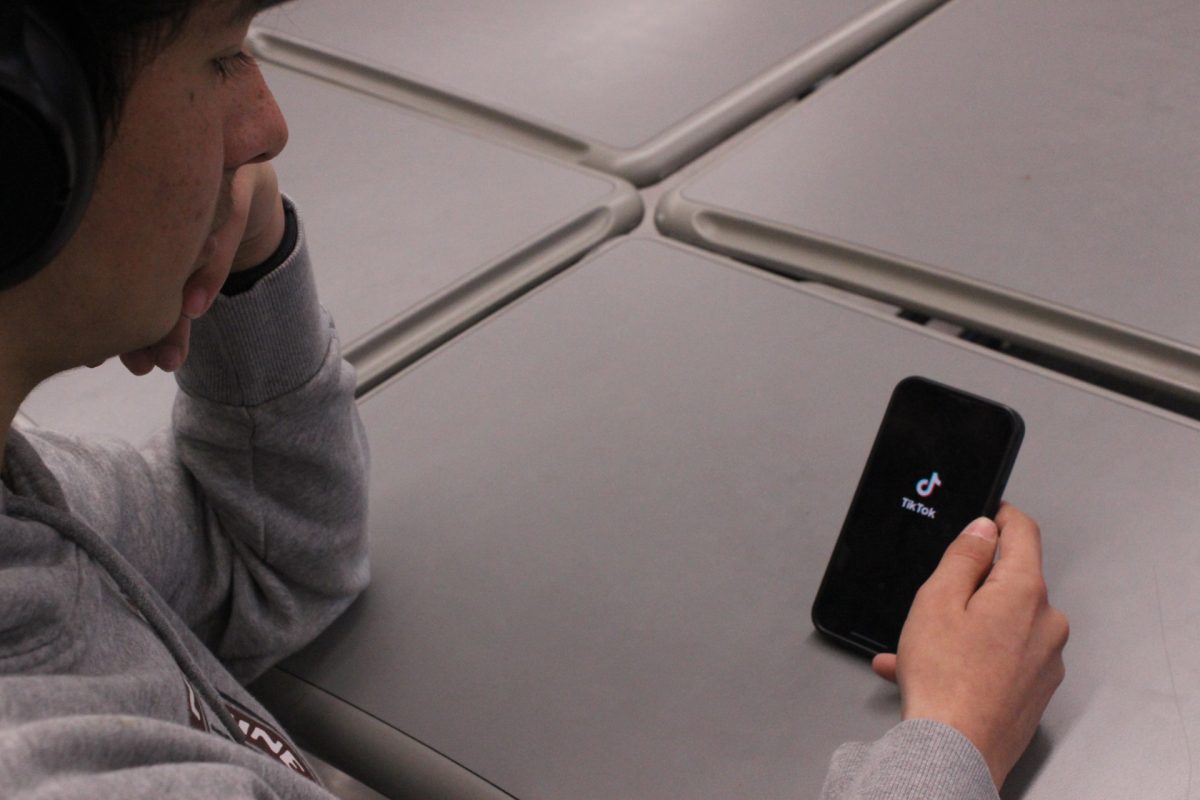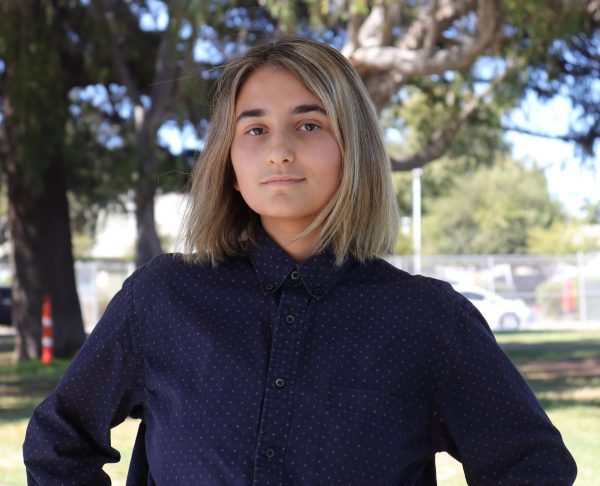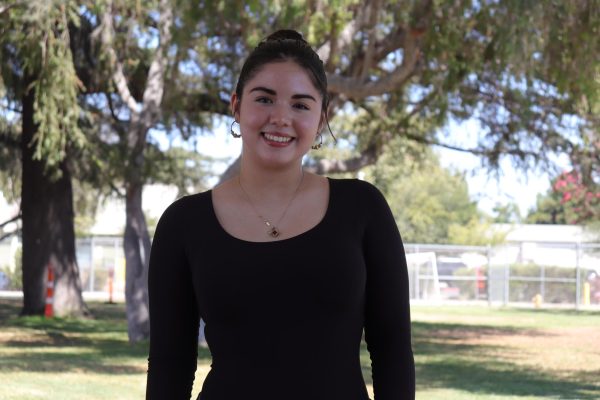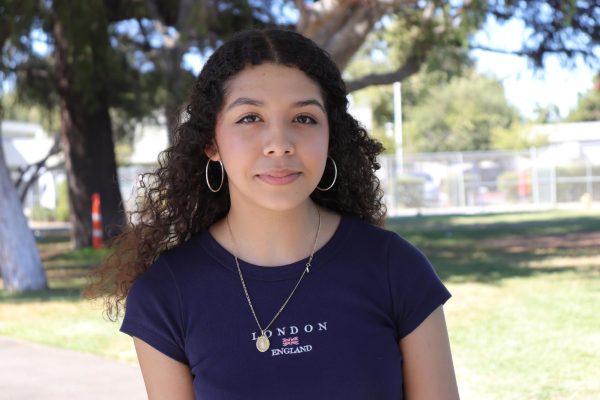Seeing the effects of phones in schools, senior Franklin Johnson, considers the upcoming phone ban to be a positive change that will boost student achievement and positive social interactions.
“Banning phones is a good thing because students over time don’t focus in class and are either texting or watching videos,” Johnson said. “That can be distracting to others when they do want to learn. Also, if students are on their phones 24/7, they aren’t in the moment at school and can gradually affect their brains. Phones in school can also cause unnecessary drama between each other.”
In a 5-2 decision in June, the Los Angeles Unified School District (LAUSD) School Board voted on a resolution to update the district’s cellphone and social media policies within the next 120 days. The LAUSD phone ban will be finalized and go into full effect in January 2025. The pre-existing policy from 2011 prohibited the use of electronic devices on campus during school hours, but made an exception for breaks. The new policy aims to restrict student phone usage even more, something that Board Member Scott Schmerelson opposes.
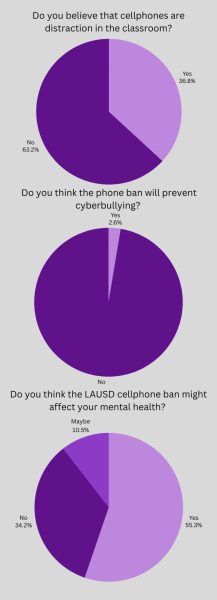
“It’s so silly to think that if you ban cell phones in schools, (students) are automatically cured,” Schmerelson said in an interview. “Just for the school day is kind of silly. I wouldn’t even consider it a step to fixing the addiction that kids have to their cell phones.”
The board cited a 2023 Common Sense Media Study that found 97% of students between ages 11-17 will use their phones during school hours and that this use is harmful to students’ academic performance and mental health. School administrators believe that this policy will be better for students’ mental health and academic ability by reducing student’s access to phones during school hours.
“Students are glued to their cellphones, not unlike adults,” school board member Nick Melvoin said in the EdSource article “LAUSD bans cellphones, social media use at schools” published on June 18. “They are surreptitiously scrolling during school, during class time. They have their head in their hand walking down the hallways…they’re not talking to each other or playing at lunch.”
LAUSD is one of many districts that is approving new policies to ban phones. According to an article by Education Week, at least 13 states have passed laws to restrict or fully ban cellphone use in certain school districts. Some school districts in California already have banned phones. Two years ago, the Santa Barbara Unified School District instituted an “Off and Away” policy banning phones from classrooms. This year, classrooms in the school district will have cell phone “hotels” – cell phone pocket holders typically placed on a wall – that students are expected to place phones into.
The proposed ban in LAUSD makes a few exceptions to the rule, but it is unclear if any exceptions will be made to students heavily involved in courses that publish media. This puts student journalism in jeopardy, due to the heavy usage of phones involved in the process of newsgathering. Some student journalists use them to take photos, record interviews or film video clips for their content.
“I do a lot of videos for school,” said junior Serena Elkins, who makes videos promoting the school. “Something that helps with my phone is the notes app on jotting down everything I need to do. But, if I didn’t have access to that, I would forget everything I would need to do and not accomplish anything.”
At Daniel Pearl Magnet High School, a phone policy already exists. Per the policy, students are not allowed to have their phones, or any other electronic devices, out during class instructional time. However, students are allowed to use their phones if a teacher gives them permission. For example, student journalists are allowed to use their phones during instructional class in order to record interviews and transcribe them with apps like Otter.ai. Other teachers already have ways to enforce students not using their phones, such as English teacher Francesca Gunther, who has a charging station that students keep their phones in during class.
“When students need to use the chargers, I feel like they are really effective,” Gunther said. “Because they don’t worry much about their phones being together (unlike if they were kept in one box), even though this doesn’t stop them from going up to the chargers, it does help minimize phones in class.”
Students, however, are concerned about the new phone ban, wondering how their phones will be kept and if they will be able to contact their guardians in the case of an emergency.
(The ban) “Is bad because for example: medical emergencies,” freshman Mario Gonzales said. “Phones are needed to contact your parents or (in) an emergency your parents may have and need to let me know. I wouldn’t be able to text them back or know if they are okay.”
Until January 2025, the specific details on its enforcement and consequences for violation are not finalized. According to “LAUSD, fed up with kids distracted by social media, to consider cellphone ban” by the Los Angeles Times, options under consideration on enforcement of the ban include cell phone lockers or keeping devices locked up until the end of the school day. Additional technology could be used to block access to social media platforms.
Parents who want to contact their children would be required to call the school, then have administrators or office technicians summon their children to pass on what a parent called about. Amid anticipated cuts of technicians and staff, board member Schmerelson remains concerned over how this ban will put extra stress on the remaining school employees.
“Schools that already had an assistant principal at school don’t have that anymore,” Schmerelson said. “Schools that had two or three office technicians don’t have that anymore. To put that burden on the main office or on the principal when the principal is supposed to be observing instruction, at a meeting with parents, working with kids, it’s very hard for that person to be a message deliverer and it’s a big problem.”
However, exceptions will be made for special ed students who have cellphone use as part of their IEP and newcomers who use phones for translation. Students will not be allowed to use their phones during lunchtime. Gov. Gavin Newsom supports the phone bans and on Aug. 13 urged more school districts to further restrict cell phone usage.
“I urge every school district to act now to restrict smartphone use on campus as we begin the new academic year,” Newsom said in a press release. “The evidence is clear: reducing phone use in class leads to improved concentration, better academic outcomes, and enhanced social interactions. Schools and districts, including Santa Barbara Unified and Bullard High in Fresno, have seen positive impacts of limiting smartphones on campus, with some reporting higher test scores, grades, and student engagement, and less bullying and damage to school facilities. I applaud these districts, and others like LA Unified, for their leadership.”


